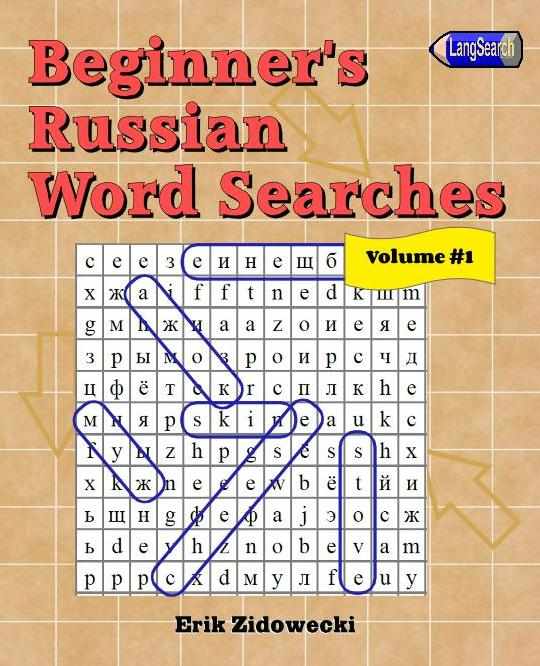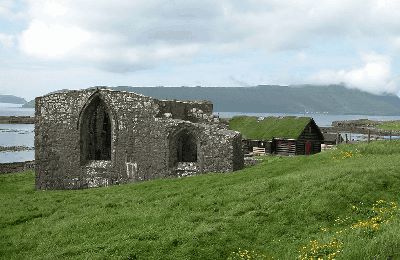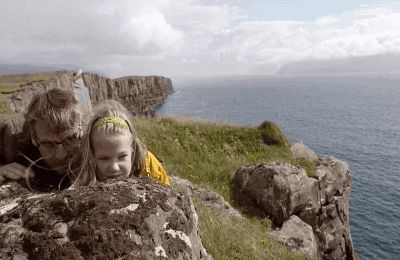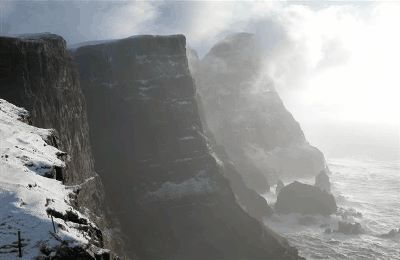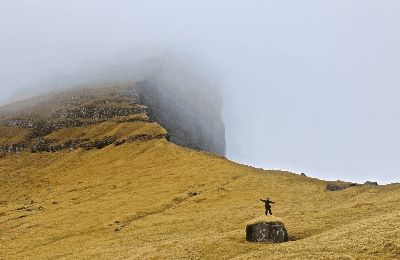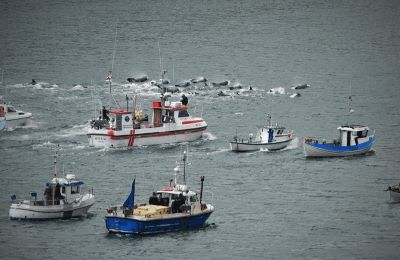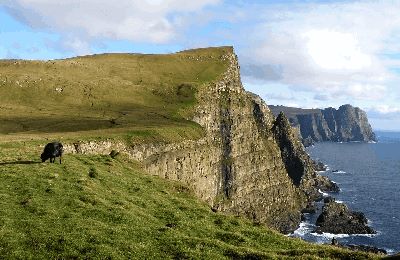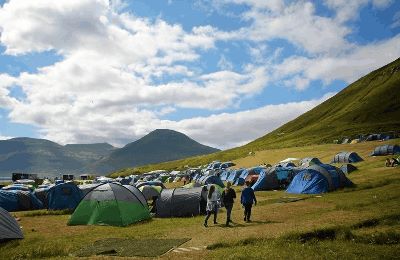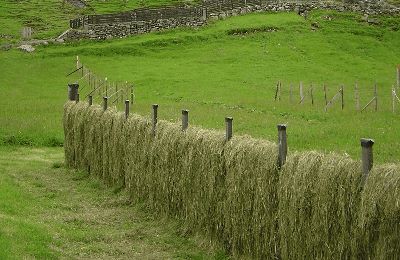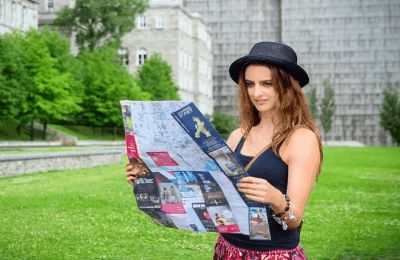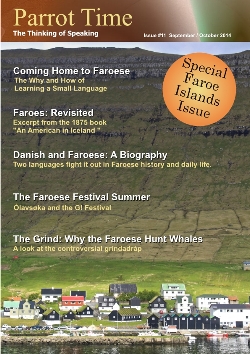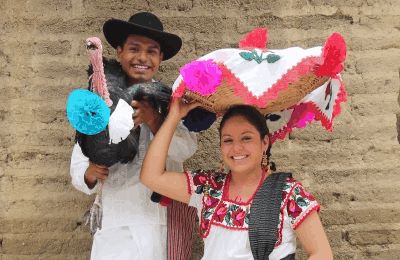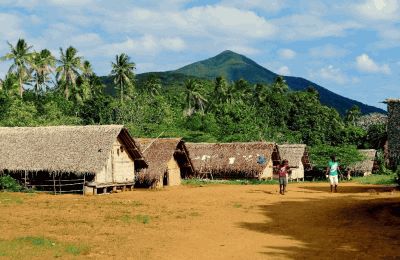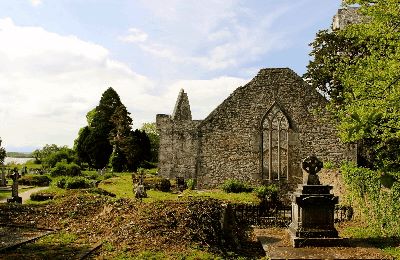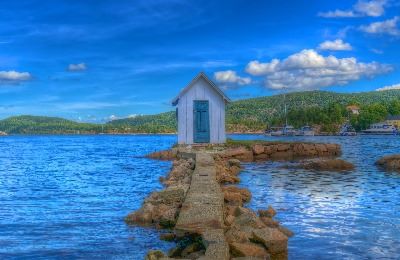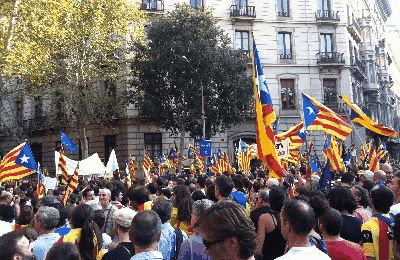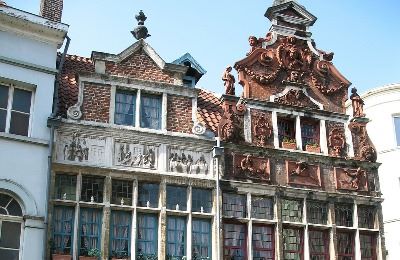World Ambassadors
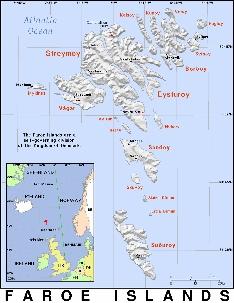 One of the main reasons for learning another language is to explore another country and culture. Language is your passport to the world. People who learn a language and travel to another country (or travel to another country and learn the language there) have a chance to become something more: world ambassadors. These individuals have the unique opportunity to expand our world by sharing their experiences with us, and they have been doing it for thousands of years, with so much of our knowledge of earlier civilizations recorded by them in the form of travelogues. One of these world ambassadors is Miranda Metheny, who wrote an article for this magazine about her recent experience living in the Faroe Islands. Now, what I know of the Faroe Islands could fill a glass of water without first removing the water. I figured many other people might be similarly knowledge challenged, so I proposed to her that we do a special issue of the magazine based around the Faroe Islands, and she kindly agreed. The result of that is what you are currently holding in your virtual hands. The Faroe Islands is an autonomous country comprised of 18 closely spaced islands. These islands, which can be found about halfway between Iceland and Norway, are currently under the control of the Kingdom of Denmark although the inhabitants, around 50,000 people, have made some pushes towards independence. The Faroe Islands cover an area of around 1,399 square kilometres (540 sq. mi). Although they are surrounded by the open ocean, the islands have no major lakes or rivers. The name for the islands comes from an old map from 1280, where they are labelled "farei". This is most likely based on the Old Norse fár, meaning "livestock", and so they became known as fær-øer, or "sheep islands". The 18 main islands are: Borðoy, Eysturoy, Fugloy, Hestur, Kalsoy, Koltur, Kunoy, Lítla Dímun, Mykines, Nólsoy, Sandoy, Skúvoy, Stóra Dímun, Streymoy, Suðuroy, Svínoy, Vágar, and Viðoy. Tórshavn is the capital and largest city of the Faroe Islands, located in the southern part of the largest island, Streymoy. The smallest island, Lítla Dímun, is the only one which is uninhabited. Icelandic sagas tell us that the Norse had colonized the Faroe Islands before the first Millennium, with some historical superstars like Leif Erikson spending time there. The islands became part of the Kingdom of Norway in 1035 and were under its control until 1380, at which time they became part of the dual monarchy Denmark–Norway. For centuries, Danish was the main language of the islands, spoken in church, school, and business; Faroese was the secondary language, spoken in the homes and fields. This ended with the passing of the Act of Faroese Home Rule in 1948, which among other things named Faroese the official language while Danish was relegated to secondary language status. The Faroese flag was also recognized by Danish authorities. When Denmark joined the EU in 1973, the Faroe Islands refused to join to preserve their fishing rights, as fishing had become their major industry. Those are the basics. Now you can properly begin exploring the Faroes with us! Erik Zidowecki |
| Letter From the Editor | |||
| Writer: | Erik Zidowecki | ||
| Images: | |||
| |||
Miranda Metheny retains all copyright control over her images. They are used in Parrot Time with her expressed permission.
All images are Copyright - CC BY-SA (Creative Commons Share Alike) by their respective owners, except for Petey, which is Public Domain (PD) or unless otherwise noted.
|
Looking for learning materials? Scriveremo Publishing, has lots of fun books and resource to help you learn a language. Click the link below to see our selection of books, availlable for over 30 langauges!
| |
comments powered by Disqus
